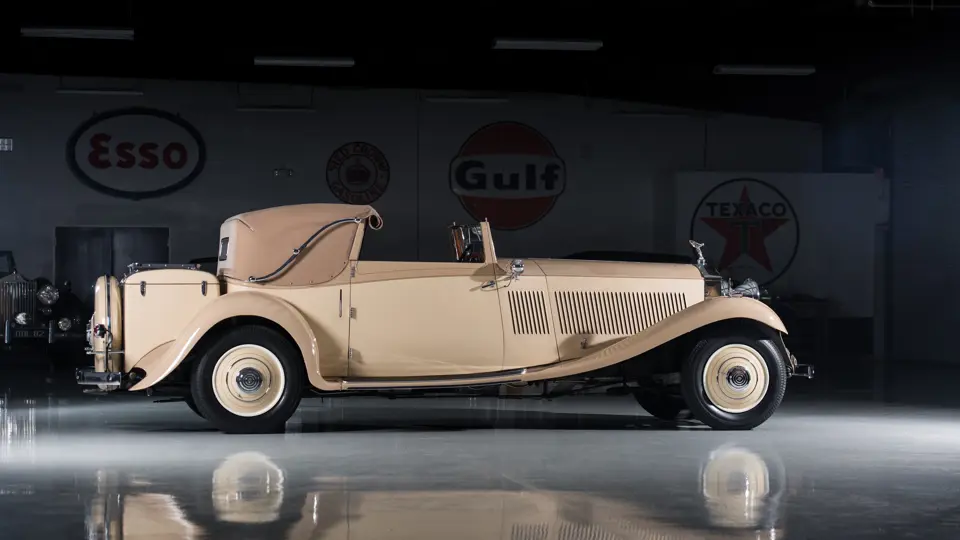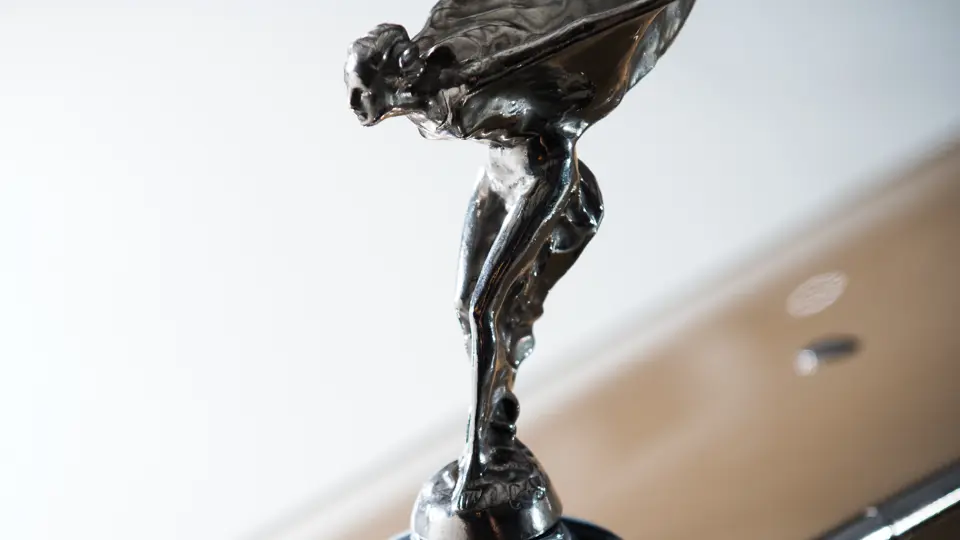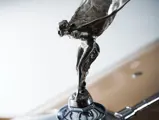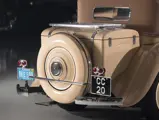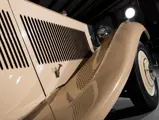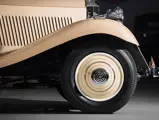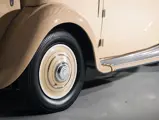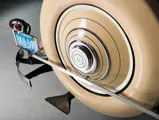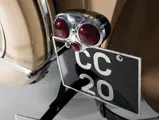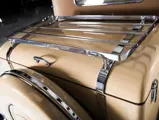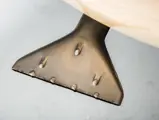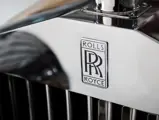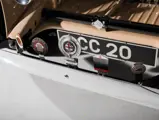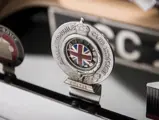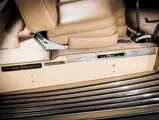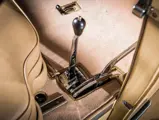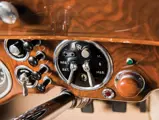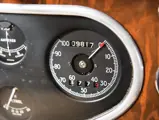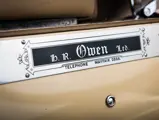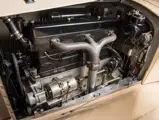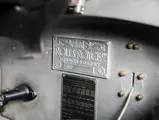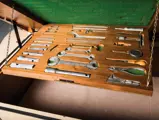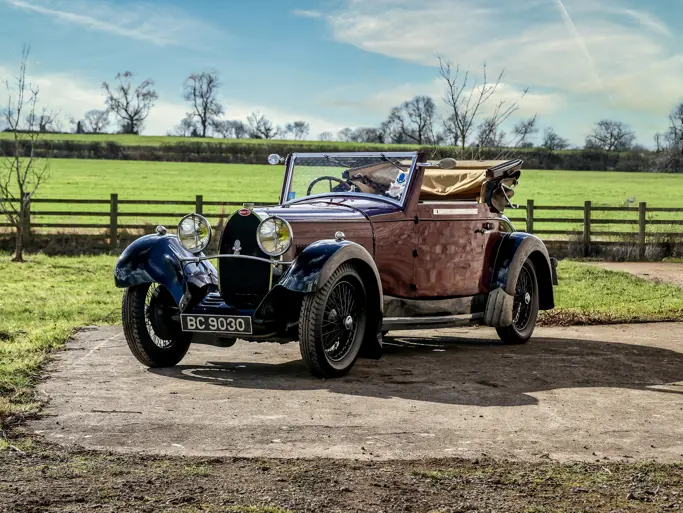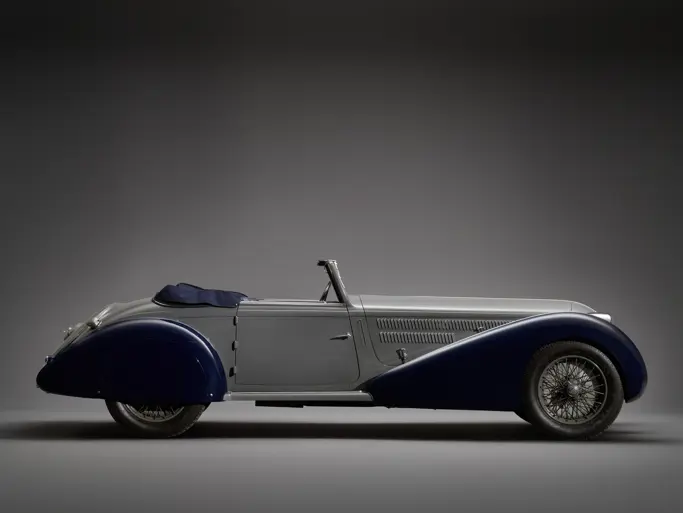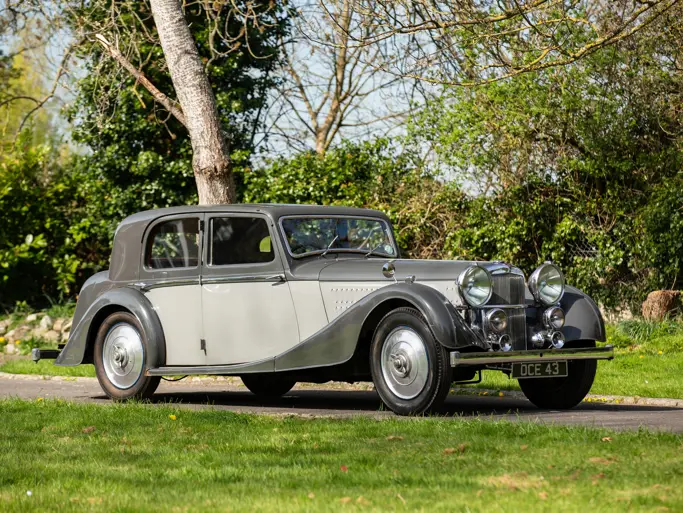
1934 Rolls-Royce Phantom II Continental Drophead Sedanca Coupe by Gurney Nutting
{{lr.item.text}}
$632,500 USD | Sold
A Gentleman's Collection: The Pride & Passion of Orin Smith
{{bidding.lot.reserveStatusFormatted}}
- The most famous Phantom II Continental
- Formerly the prized possession of Continental authority Raymond Gentile
- One of just 18 original examples built in this most desirable style
- Featured in numerous books and periodicals; the basis for the famous Revell model kit
- A true enthusiast’s restoration, still exceptional in its detailing and authenticity
120 bhp, 7,688 cu. in. OHV inline six-cylinder engine with single-jet semi-expanding carburetor, four-speed manual transmission, front and rear semi-elliptical leaf spring suspension, and four-wheel servo-assisted drum brakes. Wheelbase: 144 in.
When it comes to learning about a car, nothing beats taking its every nut and bolt apart yourself, and painstakingly rebuilding it back to its original condition. Such was the experience of Rolls-Royce Owners Club member, Raymond Gentile, as he began work on his Phantom II Continental in the late 1960s.
Chassis number 210RY had begun life in 1933, as one of 18 Phantom II Continentals produced with Chelsea coachbuilder J. Gurney Nutting’s “Owen” drophead sedanca coupe body, carrying the name of the London dealer who purportedly was involved in its creation. The lines of this body were beyond compare, including an extremely long hoodline, a sweeping curved beltline molding, flowing open fenders, and a relatively short stern. The Owen drophead sedanca coupe would, in time, rightfully come to be considered the quintessential Phantom II Continental style, best representing the chassis’ balanced combination of performance and elegance.
Originally planned for construction as Owen’s stock, the chassis of the future Gentile car was sold to original owner G.H. Barr of The Field, Benmaenmawr, North Wales, on 18 April 1934, with delivery quoted as one month later on the original build sheet. The chassis was supplied to Gurney Nutting on 30 May, with delivery of the completed car following in October. Second owner George King, Esq., of Shepperton, Middlesex, acquired the Phantom II Continental in October 1937. Later owners, as noted by historian André Blaize in his namesake book on the Continental, were John Holroyd-Reece, in 1940, and David Crawford Collins, in 1955. The car was then purchased in June 1956 by John M. Floyd, a Royal Air Force Sergeant stationed in Suffolk.
Sergeant Floyd crossed paths at Suffolk with American Air Force pilot Seymour Johnson, who in 1958 acquired the Phantom II Continental and brought it back with him to the United States. After several years spent in storage, the car was sold in 1969 to Raymond Gentile, following several years of heated pursuit of an Owen drophead sedanca coupe, and what Mr. Blaize describes as “long months of correspondence . . . he made him the kind of offer ‘that he could not refuse.’”
Mr. Gentile then began work personally restoring the Continental to its original condition. As an example of the care and workmanship involved in rebuilding every component, two and a half years were spent on the chassis alone, working eight hours a day for 20 days a month. Restoring the coachwork to its original grandeur took another three and a half years. The exceptional restoration was finally completed in time for the Rolls-Royce Owners Club Annual Meeting of 1975, where it won Ladies Choice and the Guerrero Trophy (for best owner restoration).
The epic restoration of the Gentile car inspired its owner to compile all that he had learned, through many days and hours of research, in a book, for the benefit of other enthusiasts. The Rolls-Royce Phantom II Continental was published by Dalton Watson in 1980 and remains a landmark work regularly referenced. Chassis number 201RY, the inspiration for it all, appeared as both the color frontispiece and sketched in silhouette on the cover.
As the car toured the country, winning numerous awards at concours d’elegance and in various other judged competitions, it rapidly became the most well-known Continental on American shores. Accordingly, it was featured over the years in other books and publications, too numerous to count, as the “go-to car” whenever a Phantom II Continental was needed. Two separate handcrafted models were produced of the car, and it formed the basis of a famous Revell model kit, first issued in the 1970s and continuously produced for over 30 years.
Mr. Gentile retained his prized Continental until 1986, when he sold it to Duncan Bull, who would retain it for over a decade, adding a CCCA Senior First Prize and multiple other concours and RROC awards to its laurels. It was added to Orin Smith’s distinguished collection in 2011 and has remained there since, a well-maintained and highly prized possession.
It is remarkable that the original restoration of the car has held up so well over the years, with only minor paint rubs and blemishes to mark it. Not only well-finished cosmetically and still extremely attractive, it is also remarkably authentic, a testament to the amount of research and care that went into restoring it “right” 40 years ago. In examining the car at the Smith Collection, marque expert Diane Brandon was pleased to note that virtually every component on the car is still considered “correct” as per RROC judging standards, down to the finishes and equipment of the engine bay, the correctly polished finish of the original wood fittings, and the set of hand tools fitted to the boot. The car remains, in her estimation, “the definitive example of a correct, as when new, honest Phantom II Continental.”
In the ranks of great Full Classics, there are certain cars that, restored and shown, win so frequently and attract so much attention that they come to embody entire marques and models for an entire generation. Such is the tale of Raymond Gentile’s Phantom II Continental, a car that made its owner an expert, led to the creation of a book still widely referenced by collectors, formed the basis of a bestselling model kit, and has been shown all over the world. It stands alone as, quite simply, the most famous extant Continental – a car whose history, authenticity, and provenance are simply without peer.

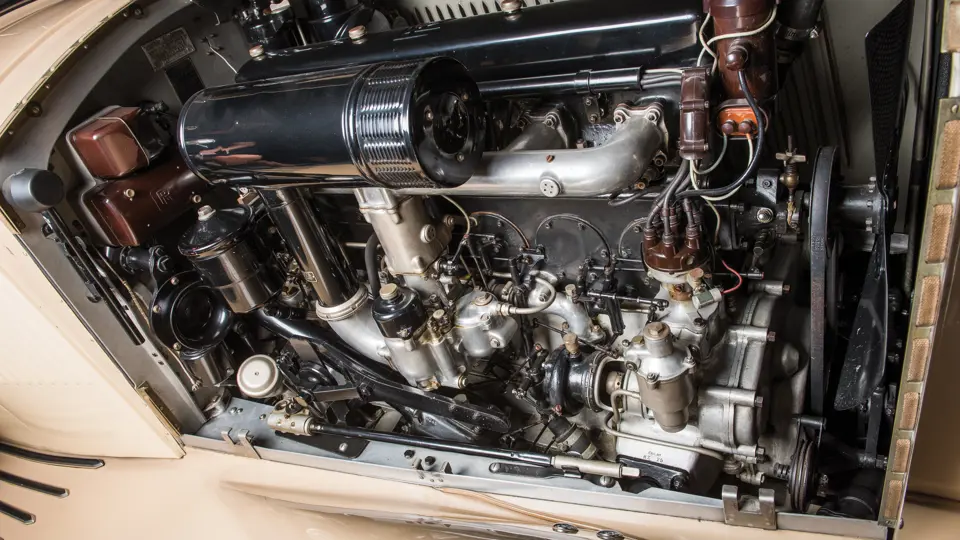





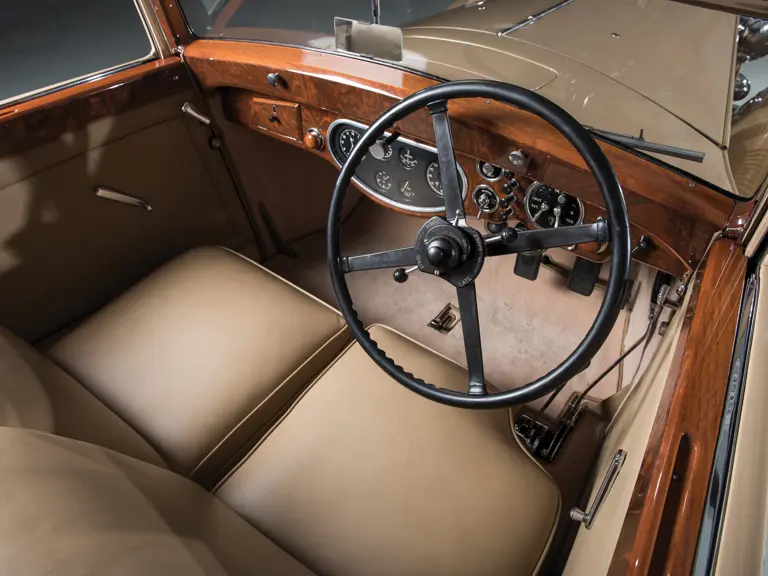
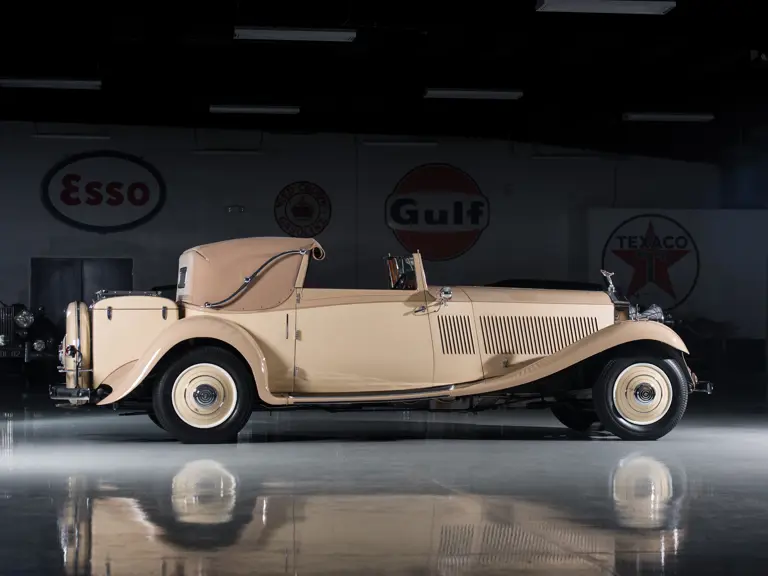

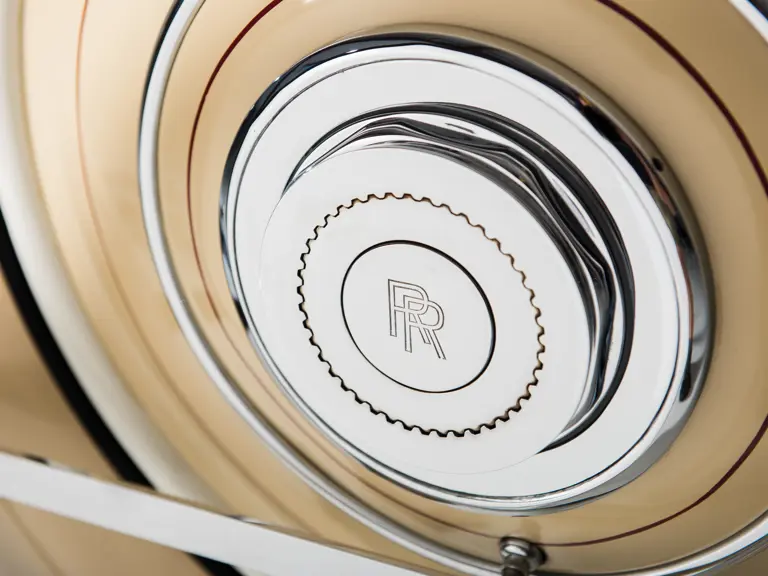

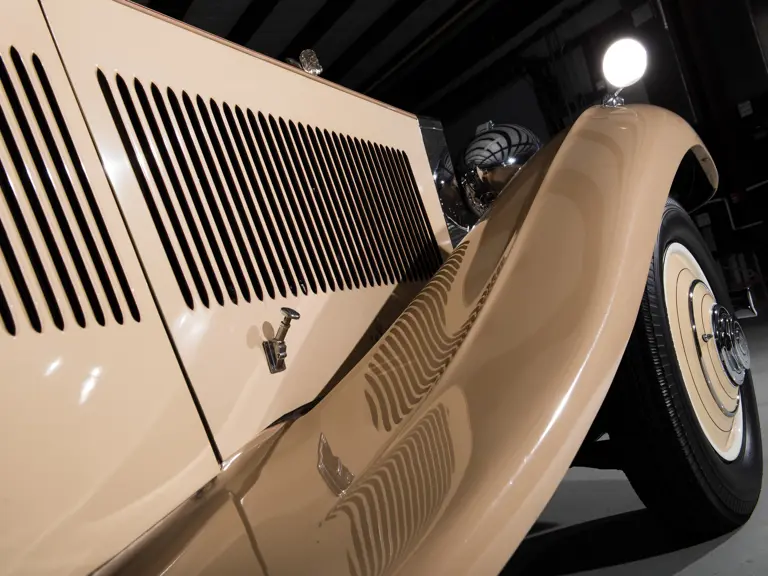


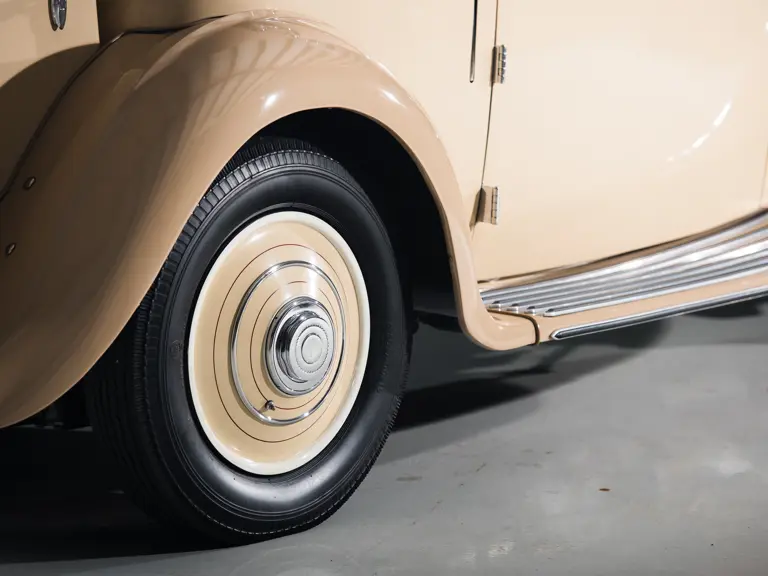
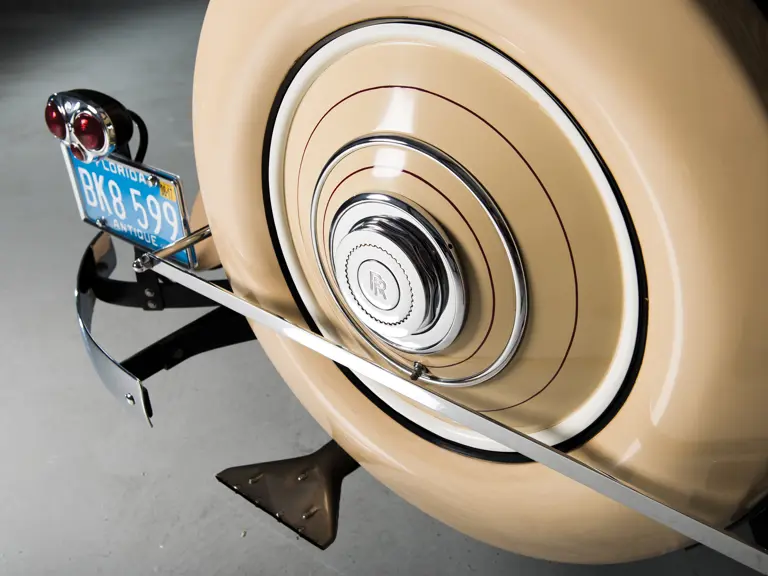
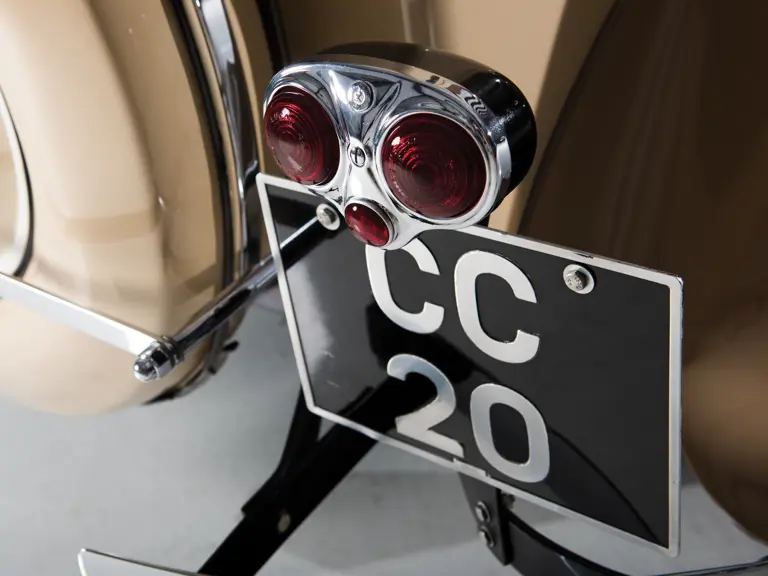
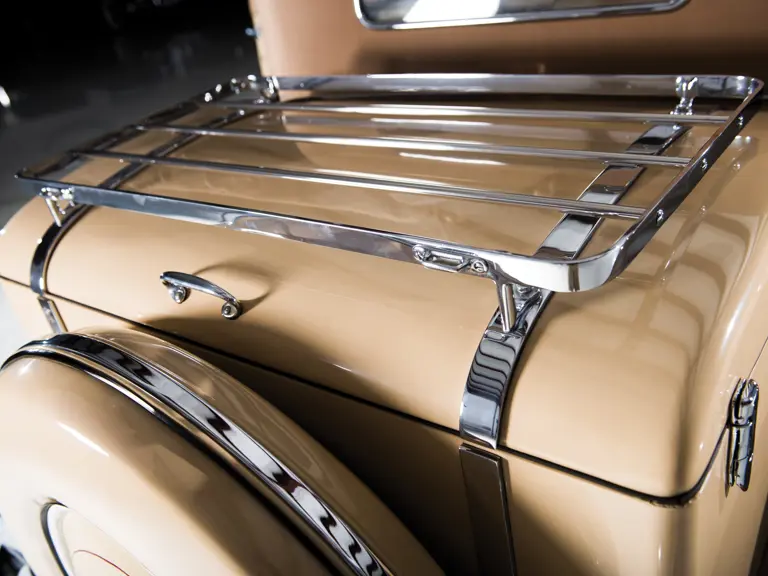
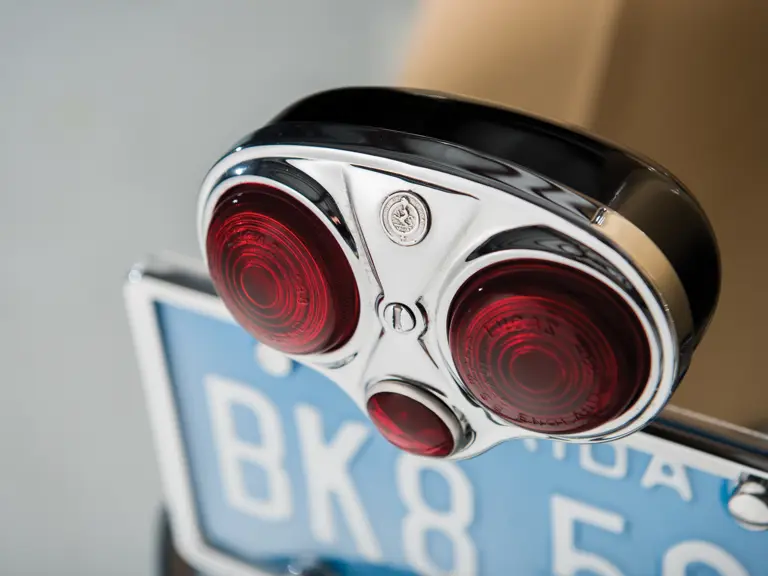

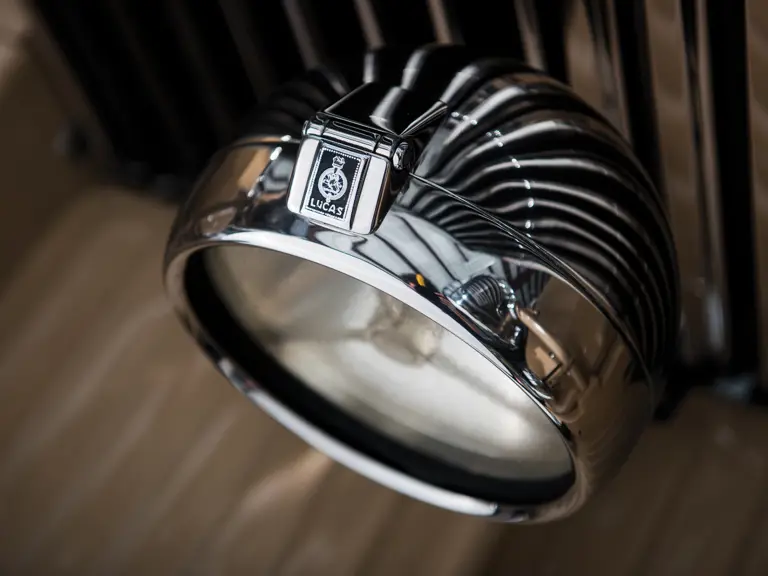

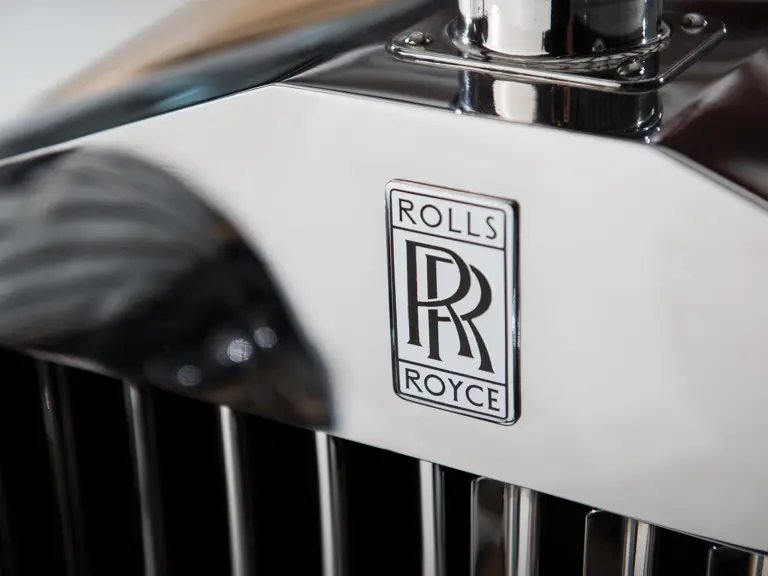
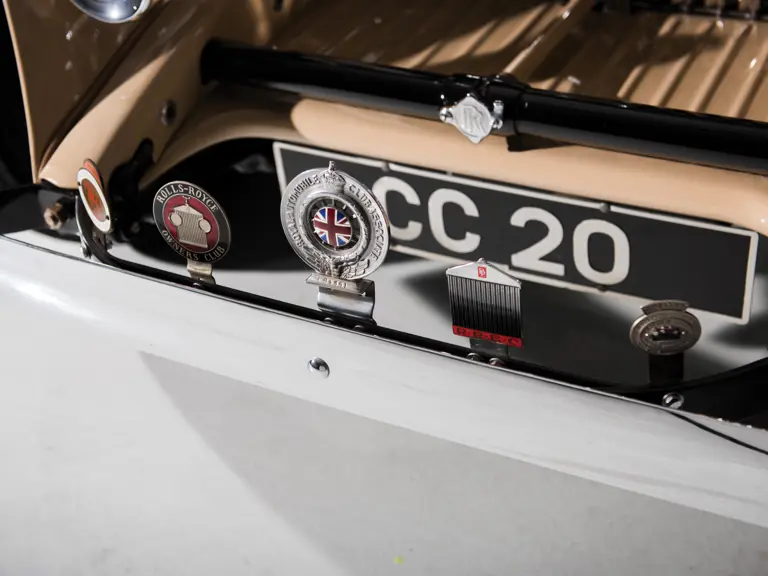
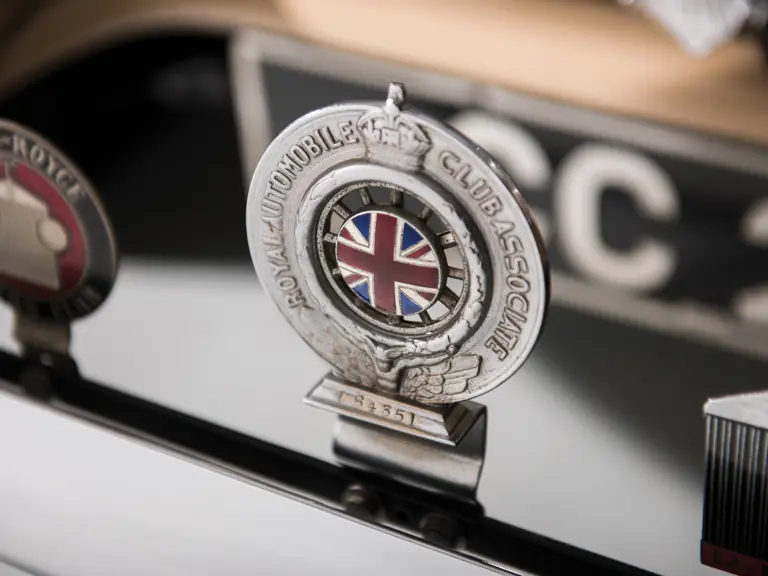

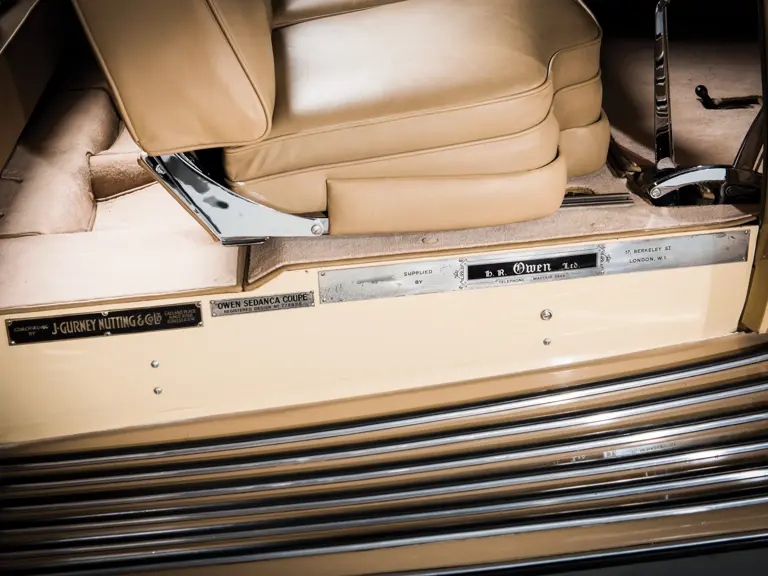
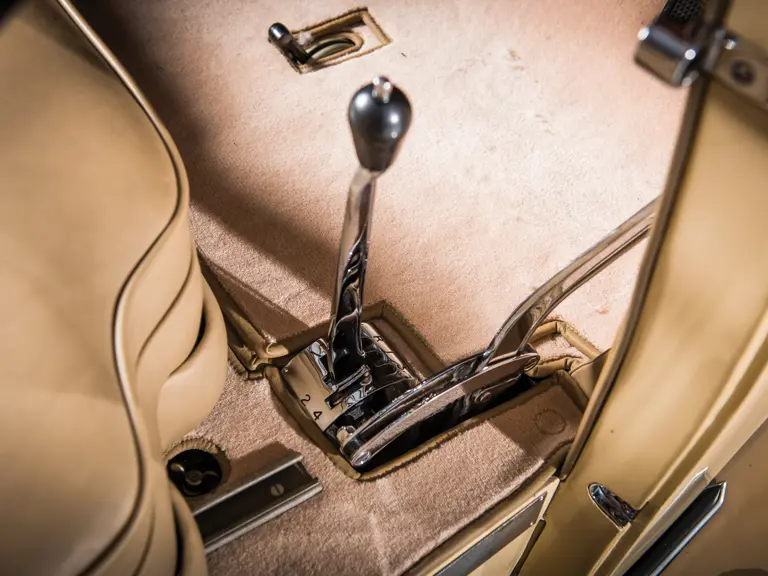
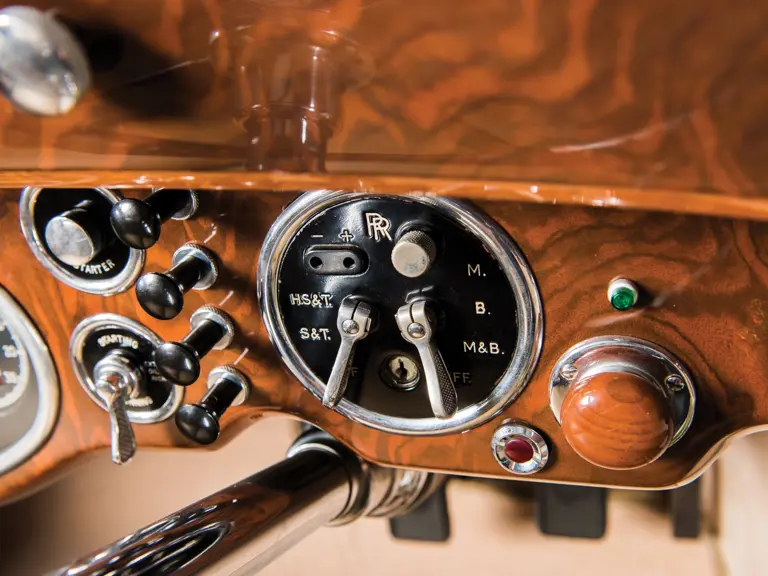

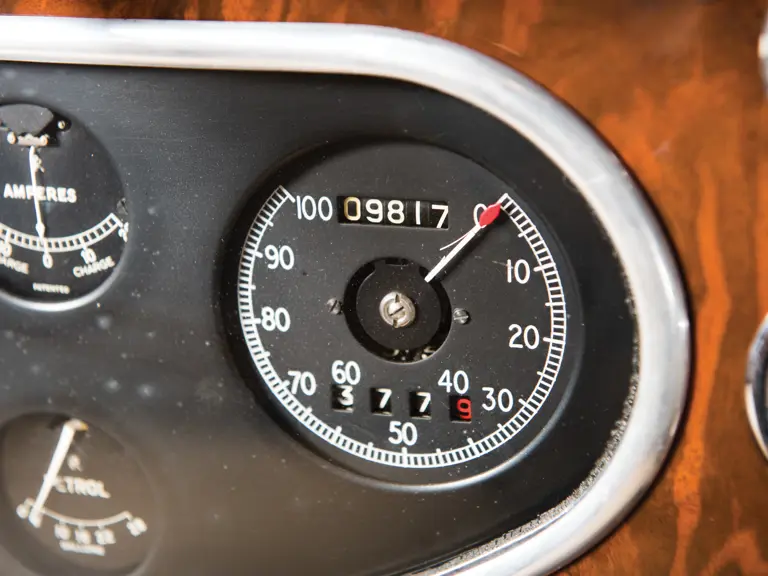


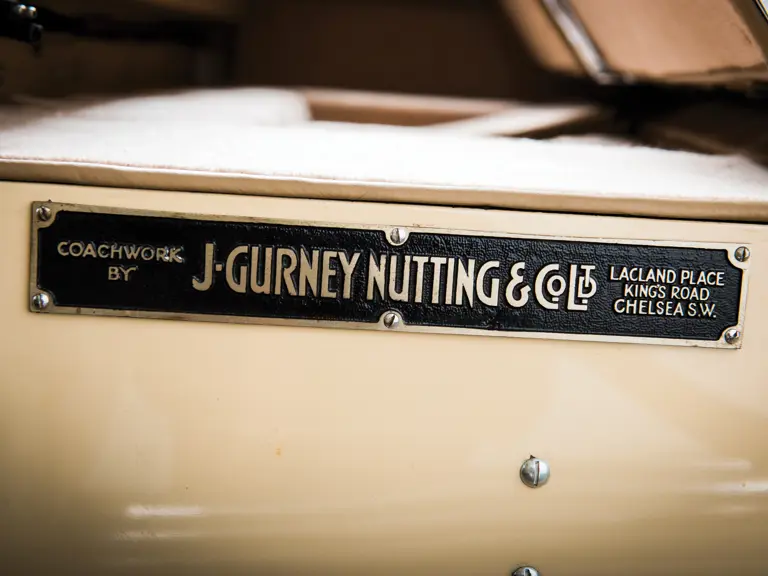

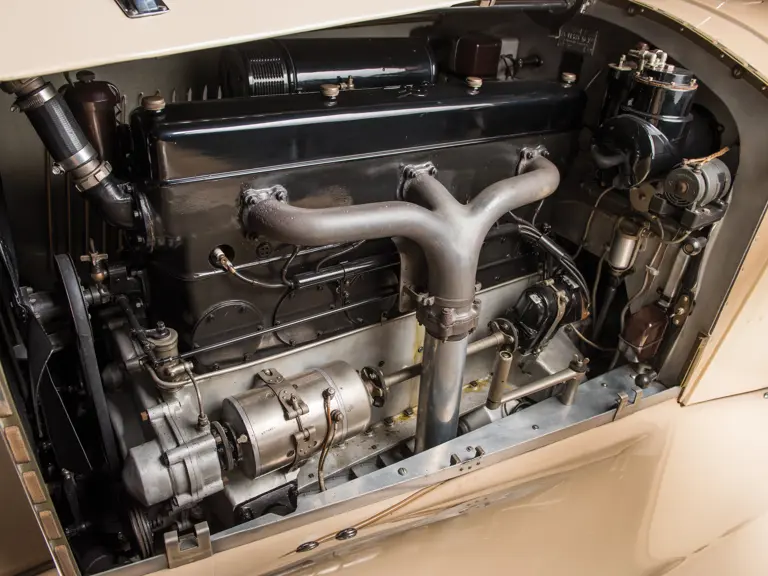
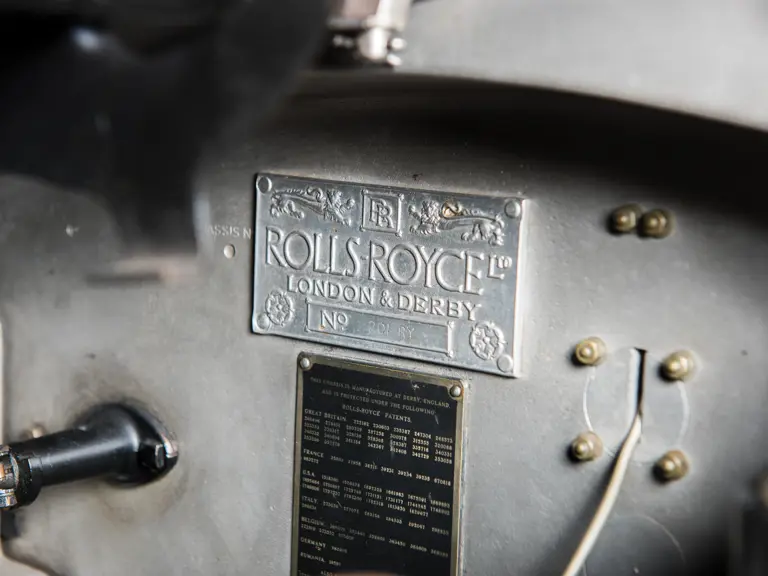
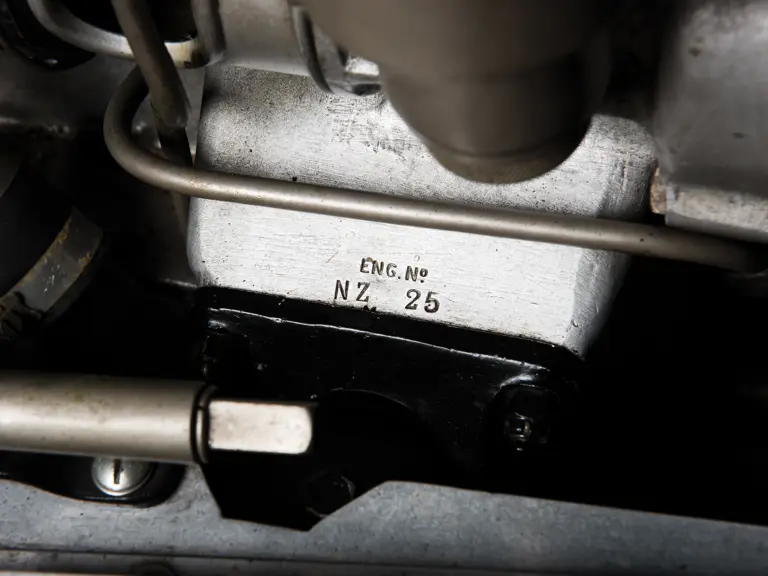
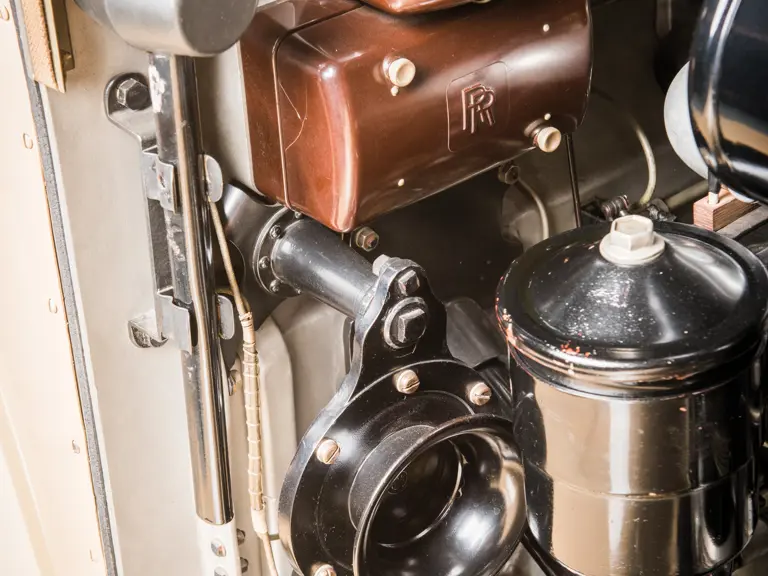

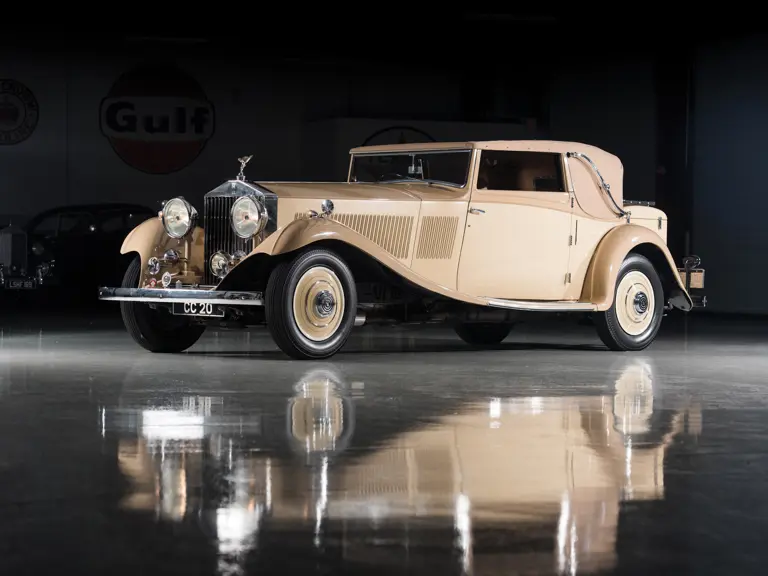
 | Amelia Island, Florida
| Amelia Island, Florida
